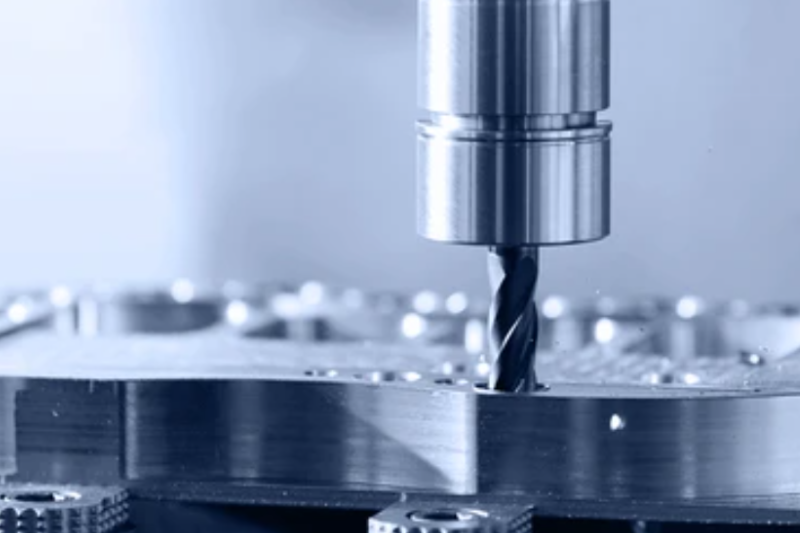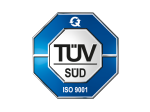Drilling Machine Types, Parts & Uses
A drilling machine is a tool used to make clean, accurate holes in metal, plastic, and other materials. At The Monster Builder, we use drilling machines alongside CNC machining, metal fabrication, and 3D printing to create precise parts for many industries.
Whether you’re producing structural steel components, aluminium sheet parts, or plastic prototypes, understanding how drilling machines work will help you choose the right process for your project and achieve superior results in Singapore’s competitive manufacturing market.
What Is a Drilling Machine?
A drilling machine is a powered tool that uses a rotating drill bit to cut precise, round holes in materials such as metal, plastic, and composites. It holds the workpiece steady, controls the feed and speed, and can be manual, semi-automatic, or CNC-controlled for higher accuracy.
Modern drilling machines vary in automation, feed mechanism, accuracy, and capability.
- They may include manual feed or power feed (automatic), belt/gear speed transmission or direct drive, variable speed control, and coolant systems.
- High accuracy versions are integrated into CNC Machining services, which allow precise hole location, depth, and finish.
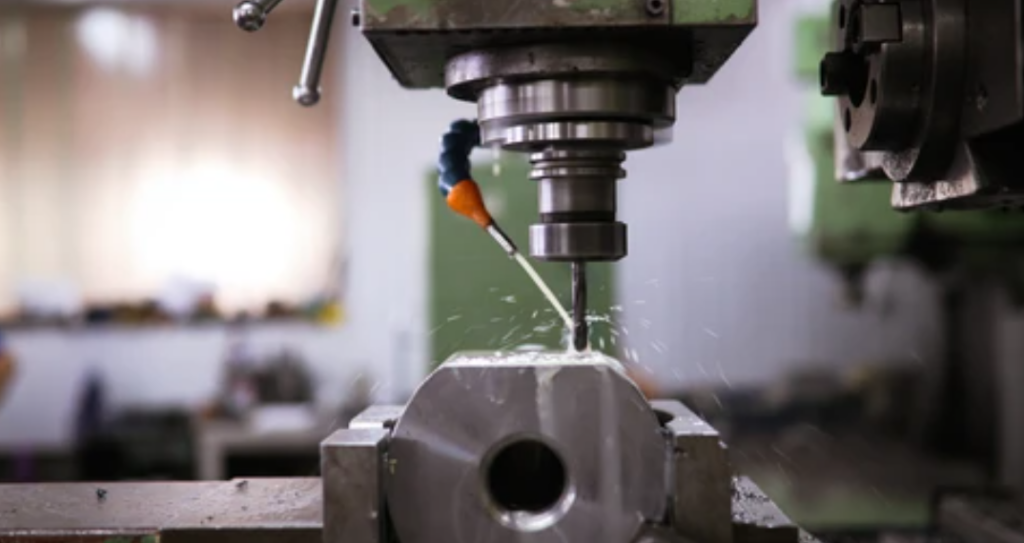
Uses of Drilling Machine
A drilling machine is used to create precise holes, slots, or recesses in metal, plastic, and other materials. Common uses include:
- Making holes for fasteners such as bolts, screws, and rivets in metal or plastic parts.
- Preparing pilot holes for tapping, reaming, or countersinking during fabrication.
- Drilling patterns of holes in sheets or plates for ventilation, weight reduction, or assembly.
- Creating guide holes in 3D printed parts or prototypes for accurate assembly.
- Machining inserts or post-mold holes in plastic injection molded components.
- Producing jigs and fixtures for CNC machining, metal fabrication, and assembly lines.
Drilling machines are widely used to create holes in a variety of metals, from mild steel to stainless steel 304 properties and 316 comparison, as well as in lightweight materials like aluminium.
Besides, when drilling aluminium components, understanding the material’s properties such as whether aluminium is magnetic helps you hoose the right drill bit and coolant.
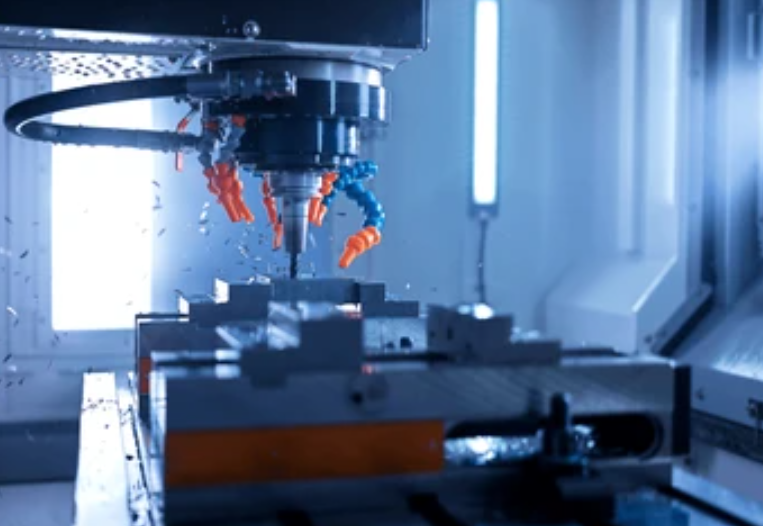
Type of Drilling Machine
There are several types of drilling machines used in fabrication and manufacturing. The main types include:
- Bench Drilling Machine (Drill Press): A small, fixed machine for light to medium tasks; ideal for workshops and thin metal sheets.
- Pillar or Upright Drilling Machine: A larger, heavier machine with a vertical column for deeper holes and more robust workpieces.
- Radial Drilling Machine: Features a movable arm and head to drill large or awkward workpieces without repositioning them.
- Gang Drilling Machine: Has multiple drill heads mounted on one base to perform different operations (drilling, tapping, countersinking) at once.
- Multiple-Spindle Drilling Machine: Lets several drills work simultaneously on a single workpiece to increase production speed.
- Portable or Magnetic Drilling Machine: A mobile drill (sometimes with a magnetic base) used on site or for hard-to-reach areas.
- Turret Drilling Machine: Holds several tools (drills, reamers, taps) in a rotating turret for quick changeovers during complex operations.
- Deep-Hole Drilling Machine: Specially built for holes with a high depth-to-diameter ratio, using high-pressure coolant and chip evacuation systems.
- CNC Drilling Machine: Automated drilling controlled by computer programs for high precision, repeatability, and complex hole patterns.
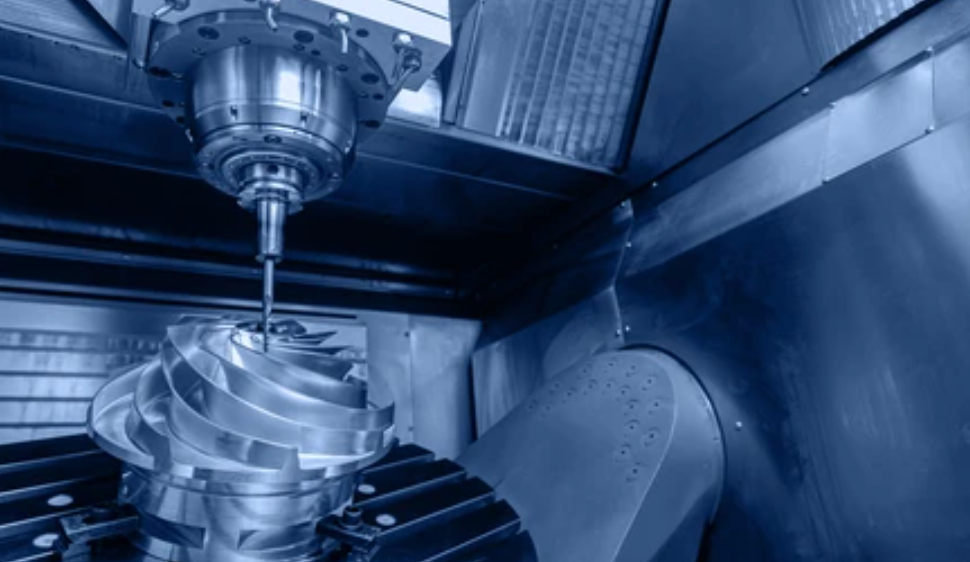
Parts of a Drilling Machine
A drilling machine has several key parts that work together to create accurate holes:
- Base: A heavy platform that supports the machine and absorbs vibration for stability.
- Column or Pillar: The vertical support that connects the base to the head and guides the movement of the table or drill head.
- Worktable: An adjustable surface to hold and position the workpiece; can move up or down and sometimes tilt.
- Spindle: The rotating shaft that holds and drives the drill bit.
- Chuck or Tool Holder: A clamp or collet mounted to the spindle to securely hold the drill bit.
- Drill Head: Houses the spindle, bearings, pulleys or gears, and motor; provides power and speed transmission.
- Feed Mechanism: Controls how the drill bit advances into the workpiece may be manual lever, power feed, or CNC controlled.
- Speed/Power Transmission System: Uses belts, gears, or variable drives to set the right speed and torque for the material.
- Coolant/Lubrication System (on advanced machines): Delivers fluid to reduce heat, remove chips, and improve surface finish, especially in deep-hole drilling.
- Arm (on radial machines): Allows the drill head to move horizontally over large workpieces.
- Control Panel (on CNC machines): Lets operators set speed, feed, depth, and safety features for precision drilling.
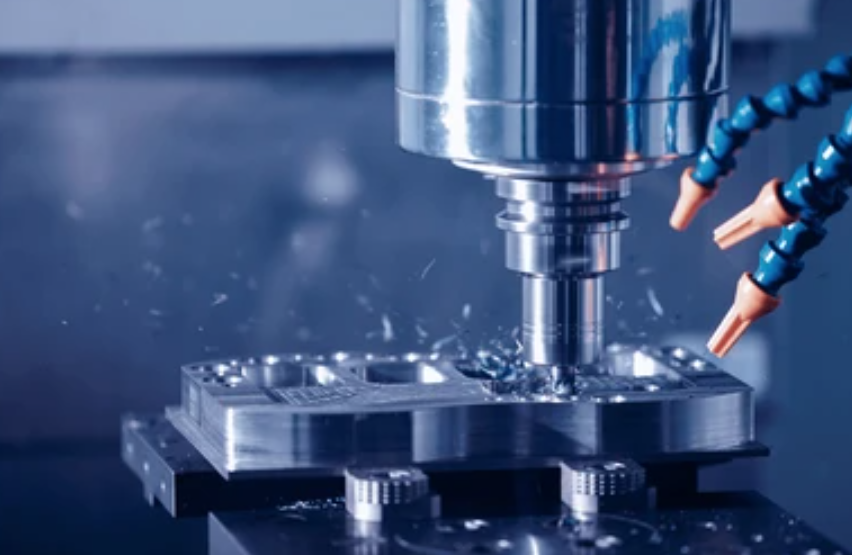
Advantages & Limitations
| Advantages | Limitations |
|---|---|
| Highly efficient for repeated, precise hole making. | For deep holes: heat buildup, chip evacuation issues, drill deflection. |
| Mechanical drilling is broadly available, cheaper tooling. | Tool wear is significant; for high hardness materials, costs rise. |
| EDM fills gap for very hard materials or very small diameter & depth. | EDM is slower per hole, higher cost, energy consumption, limited to conductive materials. |
| Modern drilling machines with CNC & automation deliver high consistency. | Setup costs, maintenance, coolant systems, filtration needed. |
How to Choose the Right Drilling Machine
To pick the correct machine for your needs (including for services like CNC Machining Metal Fabrication, Sheet Metal Fabrication, etc.), evaluate:
- Material Properties: Hardness, thickness, thermal conductivity. Hardened steels need slower speeds, tough bits.
- Tooling & Coolant Capability: Can your facility support high-pressure coolant, chip removal, specialized tooling (gun drills, BTA etc.)?
- Production Volume: High volume justifies machines with multiple spindles or gang drill heads, low volume may use manual or single spindle.
- Automation & Integration: CNC controllers, automated tool changes, safety features, digital metrology to ensure QC.
- Tolerance Requirements: Surface finish, straightness, positional accuracy. High precision may demand CNC drilling or EDM drilling.
Difference Between Through Hole & Blind Hole
A through hole goes completely through the material from one side to the other, while a blind hole stops before reaching the opposite side.
- Through hole: Passes entirely through the workpiece.
- Blind hole: Has a defined depth and does not exit on the opposite side.
What Defines Deep-Hole Drilling?
Deep-hole drilling means creating a hole with a depth-to-diameter ratio greater than 10:1 (often 20:1 or more). These holes require special drills, high-pressure coolant, and chip removal systems to maintain accuracy.
Gun Drill vs BTA Drilling
Gun Drill: A single-flute drill with an internal coolant channel that pushes chips out of a groove. Best for small, deep holes.
BTA (Boring and Trepanning Association) Drilling / STS: Uses a hollow tube; coolant enters from outside and chips evacuate through the tube. Better for larger diameter deep holes.
Conclusion
Drilling machines play a vital role in modern manufacturing from simple holes in sheet metal to ultra-precise deep-hole drilling for complex parts. By understanding their types, uses, and key components, you can choose the best process for your project.
Whether you need prototype parts, high-volume production, or specialized drilling solutions in Singapore, our team brings the experience, equipment, and precision you can trust. Contact us today to discuss your drilling and fabrication needs.

